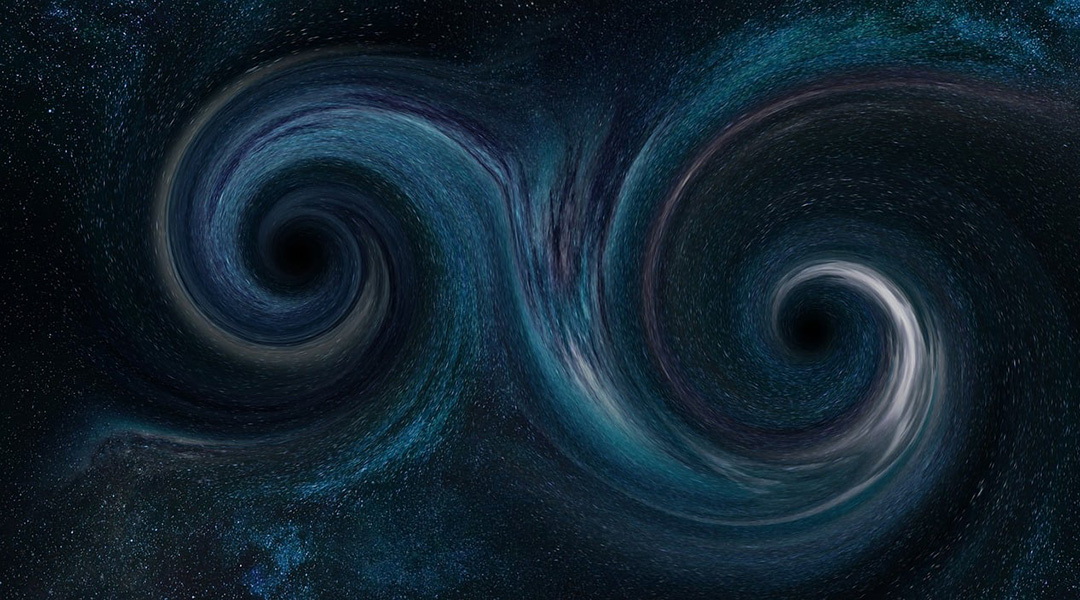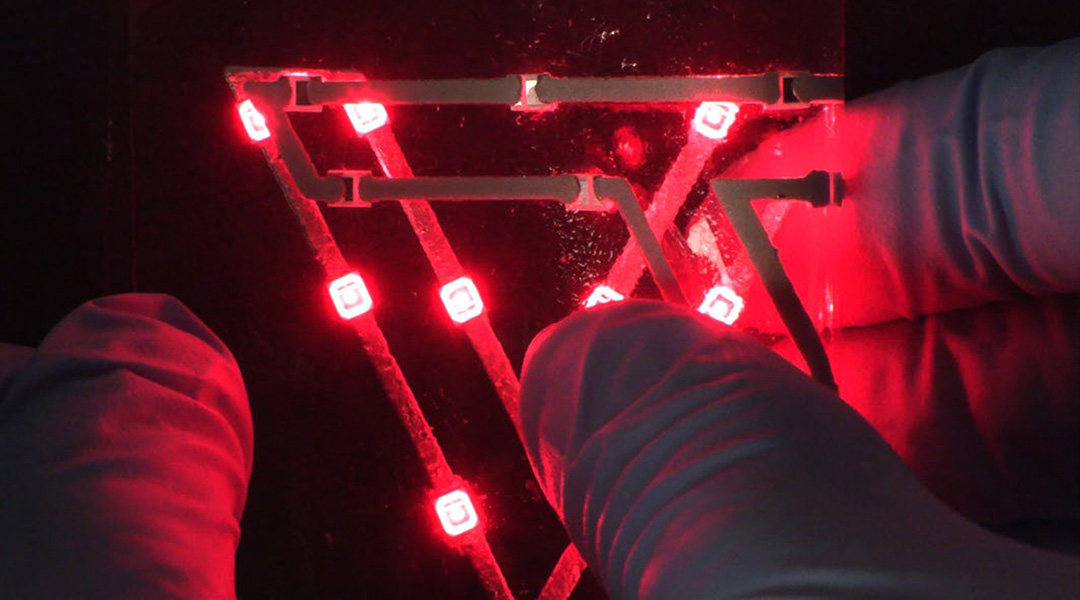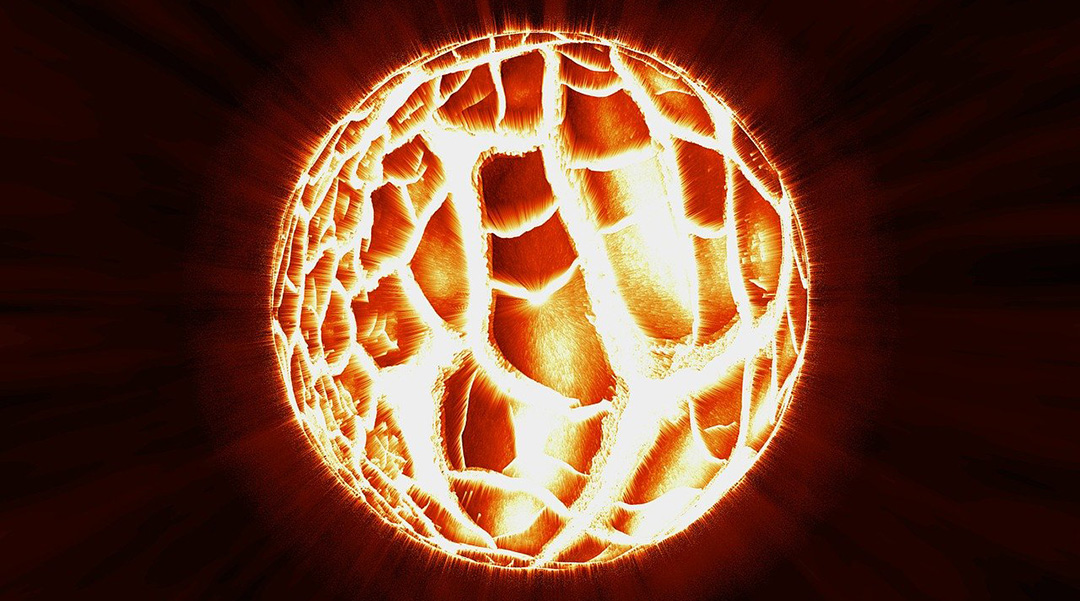Computers based on memristors promise significant energy savings and improved accuracy in large-scale computing.



Computers based on memristors promise significant energy savings and improved accuracy in large-scale computing.

A radical superconducting qubit design promises to extend their runtime by addressing decoherence challenges in quantum computing.

Upcoming space experiment sets sights on encrypted quantum communication, which could also provide valuable insights into quantum gravity.

ESA greenlights LISA, a space-based observatory poised to detect gravitational waves across space and time.

The link between entanglement, energy, and the phase transition from superconductor to insulator isn’t just a theoretical curiosity.

Gravitational waves could be the key to imaging elusive primordial black holes born in the first moments of our Universe.

E-CASE liquid metal adhesive enables flexible connections to make better, tougher flexible electronics for wearables and robotics.

Scientists achieve groundbreaking room-temperature quantum coherence for 100 nanoseconds, propelling molecular qubits closer to practical quantum computing.

Massive neutron stars have such enormous pressure in their cores that neutrons residing there lose their integrity and become a new type of matter.

A light-matter hybrid material on attosecond scales showcases enhanced conductivity with potential applications in solar cells and high-power electronics.